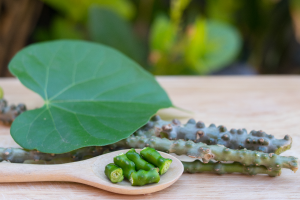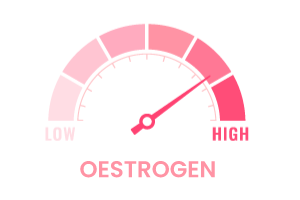

The tongue, as we all know, plays a key role in several daily activities, including eating, speaking, chewing, swallowing, breathing, and even maintaining good dental health. It can also provide vital information about the entire body’s systems. Observing the colour and form of your tongue is equally as significant as looking at the changes in your teeth and face. Let us begin with understanding the connection between your tongue colour and health.
Tongue Colour and Health
While the appearance of your tongue may differ slightly from that of your family members, a healthy tongue will have a comparable colour. The tongue’s overall colour should range from red to pale pink. The colour of your tongue indicates the infection symptoms.
If your tongue colour isn’t normal, you might be experiencing a health problem. Listed below are the different tongue colours with explanation on what they might indicate:
- Dark red to purple: A red tongue to purplish tongue could be a sign of something as simple as a vitamin deficiency or it could be a sign of a fever or infection such as Kawasaki disease or Scarlet fever.
- Blue: A blue tongue may be a sign of inadequate oxygenation, possibly as a result of lung issues.
- Yellow: Bacteria can accumulate on the tongue as a result of factors like poor dental hygiene, tobacco, alcohol, coffee use, or dry mouth.
- Black: Certain medicines, diabetes, poor dental hygiene, smoking, and other factors can all contribute to a tongue that appears black (and even hairy). Furthermore, Bismuth subsalicylate has been demonstrated to momentarily darken the colour of your tongue. Fortunately, this is uncommon and usually goes away with excellent oral hygiene.
- White: If you have oral thrush, a fungal infection of the mucous membranes in your mouth, you may have a white tongue infection. White tongue indicates disorders like leukoplakia, which occasionally develops into cancer, may also be at blame.
Texture & Shape of Your Tongue
Your tongue’s appearance and shape might vary just as its natural colour. Additionally, your tongue may seem bumpier than usual, although this does not necessarily indicate that you should contact your doctor.
Here are some that are important to consider while assessing the form and feel of your tongue.
- Scalloped edges or indented teeth marks: This typically happens because of how the tongue rests against the teeth, but it can also happen if you grind your teeth at night or have TMJ.
- Painful Bumps or ulcers: Biting, smoking, canker sores, or oral cancer are some of the causes of painful bumps on the tongue.
- Red or white bumps: Your healthcare professional should be consulted straight away if a white or red lesion appears on your tongue since it may be an early or advanced tongue cancer.
- Thin tongue: Dehydration may be the cause of your tongue becoming extremely thin.
What Does a Healthy Tongue Look Like?
A pink tongue with a thin white covering is considered a healthy tongue colour. Each person has a unique hue of pink. On the sides and top, a healthy tongue has little bumps or papillae. The tongue’s distinctively rough feel is a result of the papillae. The pink colour is also considered a normal tongue colour.
Acupuncture & Other Treatments
Your tongue can be examined by a dentist to look for signs of health problems. Both the colour and the shape will be taken into consideration. Chinese medicine offers a map of the tongue that shows how ailments relate to troubles with particular organs. The internal organs and meridians that acupuncture is supposed to treat are connected to the tongue.
How to Keep the Tongue Healthy?
By following these tips you can keep your tongue healthy:
- Drink plenty of water: Your body’s overall health and functionality depend on staying hydrated. Additionally, drinking water aids in cleaning your tongue and teeth of bacteria and food particles. So, if you want to maintain good health, make sure you’re drinking plenty of water. It can heal tongue redness and pain.
- Brush frequently: It’s crucial to remember to brush your tongue every time you brush your teeth. To begin, put a little toothpaste onto your toothbrush. Next, use a downward motion to brush from the rear of the mouth toward the aperture. This will let you remove the bacteria and white coating that causes bad odour in your mouth.
- Rinse Well: Make sure to completely rinse your mouth with water after each time you brush your tongue. This will help you in getting rid of the local bacteria. To keep your tongue largely free of hazardous bacteria, you might also think about using a warm saline solution, which is simply prepared by combining water and a teaspoon of salt.
- Drink Green Tea: Green tea is a fantastic technique to maintain a clean tongue. By doing this, you significantly reduce oral microorganisms. Therefore, consuming green tea aids in eliminating bacteria and tongue symptoms of infection that might cause bad odours to persist on the tongue.
- Have the tongue examined by a professional: Make an appointment with your doctor to discover more about how your tongue can be influencing your health.
Conclusion
Now you know how the tongue is a crucial health indicator and can provide us with hints about what’s happening inside our bodies. For instance, it is connected to many of our essential organs and its many colours, textures, coatings, and shapes might provide details about our health.
As part of your everyday brushing practice, include frequent tongue inspections. Make an appointment with your doctor or dentist if any alterations you see don’t disappear within a few weeks.




